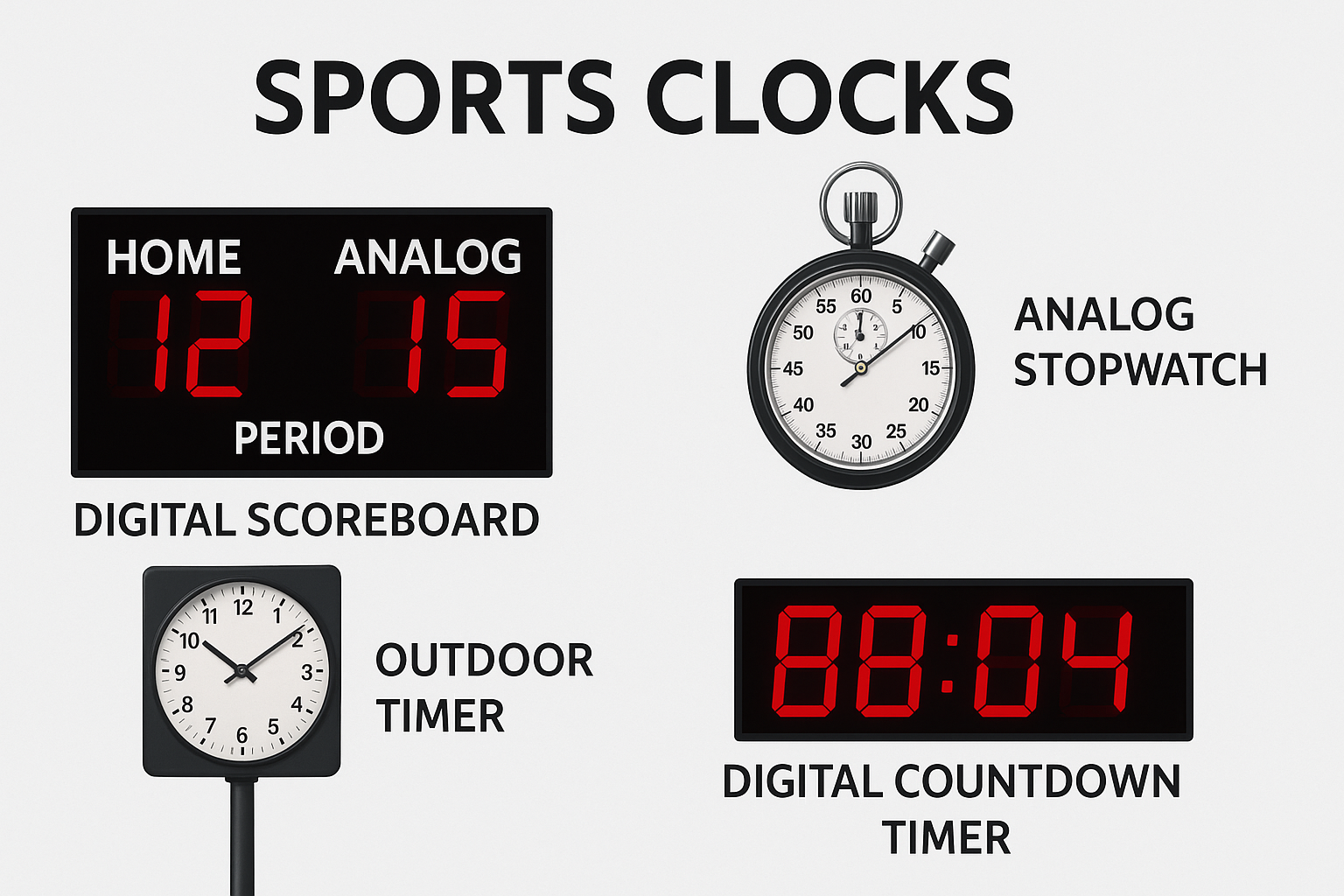
Breaking News
Editor's Choice
Relative News
Hot Topics
Advertisement

Popular Blog
-
Sports Shirts Guide: Custom, Men’s & Women’s Styles
Read More: Sports Shirts Guide: Custom, Men’s & Women’s StylesIn today’s dynamic world of athletic and casual wear, sports shirts have transcended their traditional roles. No longer confined to the gym or playing field,…
-
🎮 The Ultimate Guide to Gaming Equipment in 2025
Read More: 🎮 The Ultimate Guide to Gaming Equipment in 2025In 2025, the gaming industry continues to evolve rapidly, with advancements in technology enhancing the gaming experience across various platforms. Whether you’re a casual gamer…
-
🏋️♂️ The Ultimate Guide to Choosing the Perfect Sports Bag
Read More: 🏋️♂️ The Ultimate Guide to Choosing the Perfect Sports BagWhether you’re hitting the gym, heading for a quick sports match, or packing for a weekend tournament, the right sports bag is your ultimate companion.It’s…
-
TechBullion: Your Guide to the Leading Tech News Platform
Read More: TechBullion: Your Guide to the Leading Tech News PlatformTechBullion has rapidly emerged as one of the go-to platforms for technology news, business insights, fintech updates, and startup stories. But what is TechBullion exactly?…
-
BaddieHub: The Ultimate Deep Dive into the Viral Platform
Read More: BaddieHub: The Ultimate Deep Dive into the Viral PlatformIn the buzzing world of online entertainment, few names have gained as much rapid fame and controversy as BaddieHub. Whether you stumbled across baddiehub.com, heard…
-
Breaking AC News: Real-Time Crime, Obituaries & Updates with Lynda Cohen
Read More: Breaking AC News: Real-Time Crime, Obituaries & Updates with Lynda CohenIn today’s fast-paced digital media world, staying informed about your local community is more important than ever. For residents of Atlantic City and nearby South…
Most Read
Author Details

Bebisha Wagle
Members of Kanta Dab Dab, a band specialising in fusion of local Nepali and Western music elements, talk about their…
Advertisement

You May Have Missed












